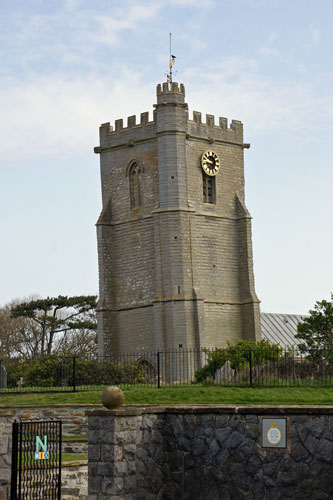|
|
|
| |
This page is under
construction
|
|
|
|
|
|
|
|
|
All images link to larger
copies which will open in a new window/tab
The pier was built just before
the First World War and was the first concrete structure of its type in
Europe. Granite chippings from Penryn Colliery in Cornwall, which were used
in the pier’s original construction, are still used today for routine
maintenance. Its centenary is in 2014.
Intentions to lengthen the pier did not materialize and, consequently, the
pier remained the shortest in Britain, consisting of little more than a
pavilion on piles. The pavilion was constructed between 1911 and 1914 and
incorporates many design features associated with Brunel (1806-1859) sharing
similarities with Bristol Temple Mead and Bath Spa railway stations.
Harry Parkin took over the derelict pavilion in 1968. Many years of effort
have since been spent on renovation, trying to maintain its traditional
concept. An application for Lottery funding was made in 1996 for further
work on the roof and substructure. Facilities in the pavilion include
amusements, bingo and a pizza counter. In front is a courtyard where
ice-cream and burgers are sold. One of the two side walkways is open. The
pier won a ‘Britain in Bloom’ award seven years running.
In March 2011, along with 30 other piers, Burnham participated in the Party
on The Pier event to mark the start of British Tourism Week.
A seasonal sweet shop, the Candy Stall, was opened at the front of the
pier's forecourt in December 2011. However, a dispute arose with Sedgemoor
District Council who issued an enforcement notice requiring the the new shop
to be demolished because it had been erected without permission and was felt
to be out of keeping with the rest of the area. Then in February 2012, the
council halted its proceedings against the pier while it investigated the
matter further. In November 2012, Council officers rejected a retrospective
planning application from the owner but later in the month the Council's
Development Control Committee overruled their officers and gave a temporary
5 year approval to enable discussions to continue on the building's future.
(ref:
www.piers.org.uk)
Plans on display at the pier in March 2014 showed a proposed large
retractable roof in front of the pier for its 100th anniversary this year.
However, the plans have obviously been delayed since they hoped to install
it in February 2014.
Official Pier Website:
www.burnham-on-sea.com/pier2.html
Burnham on Sea Pier Postcards
Postcards of Burnham Pier
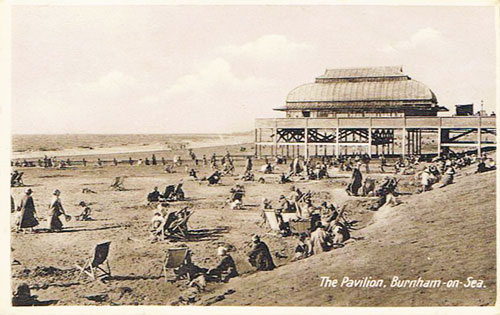
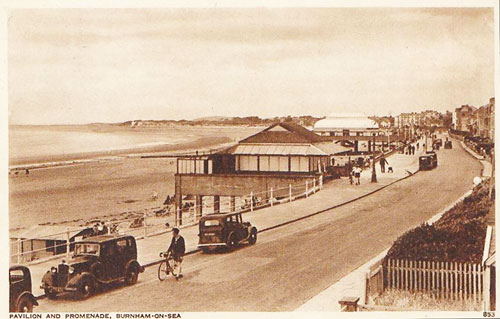
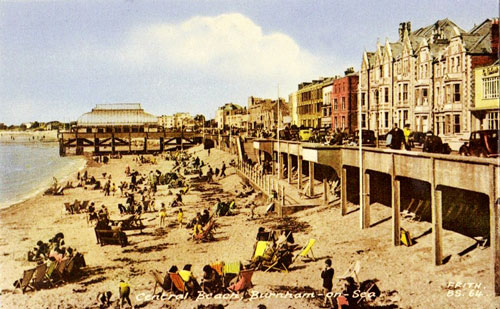
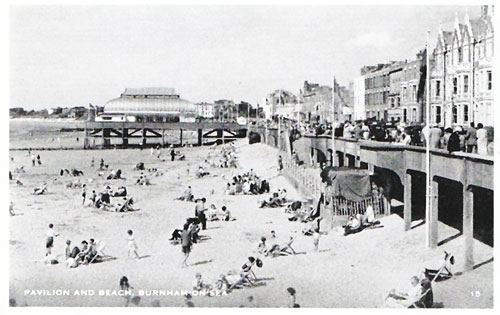
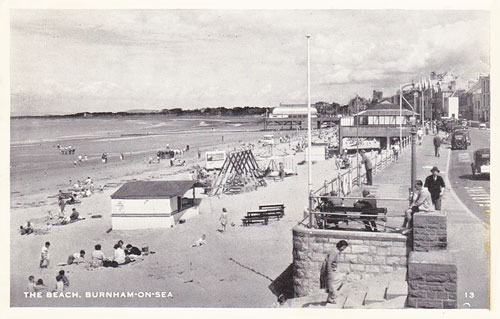
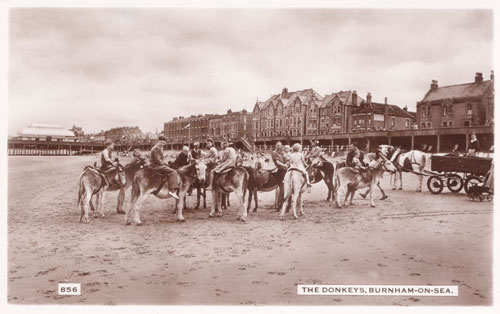
Burnham on Sea Pier
Images
Burnham-on-Sea Pier
Photo: ©2014 Ian Boyle, 10th March 2014

Burnham on Sea Jetty (Old Pier)
Designed by Maynall and Littlewood of Manchester,
Colwyn Bay Victoria Pier was one of the later British piers to be built,
opening on 1st June 1900. As first constructed, Colwyn Bay Victoria Pier was
just 316ft (96m) long and 40ft (12m) wide, comprising a timber promenade
deck with seating and railings along its length, and a large 'Moorish' style
pavilion. The pavilion was set to the right of the deck, with a walkway
allowing access to the pier-head to the left. A modern feature of the pier
was the illumination by electric light, and this proved to be quite a
spectacle at night.
Postcards of Burnham Jetty
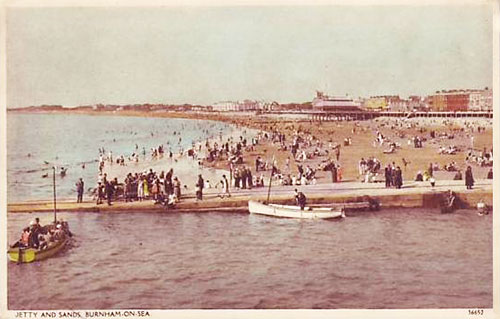
Burnham-on-Sea Jetty
Photo: ©2014 Ian Boyle, 10th March 2014
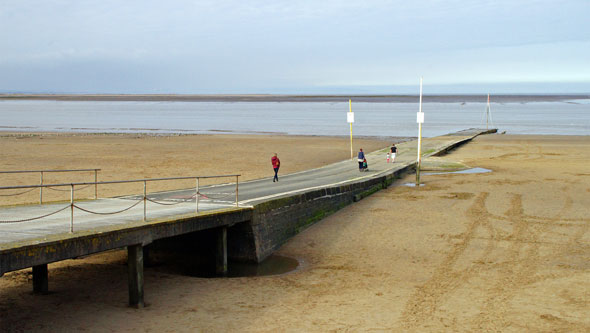
Burnham on Sea Lighthouses
The story or the lighthouses of Burnham-on-Sea are
quite complex. In around 1750 an old fisherman and his wife lived in a
cottage close to the church. One stormy night, anxious about her husband not
returning home after dark, the wife put a candle in the window of the
cottage to help him find his way home. It saved his life and the grateful
sailors decided to pay her small sums of money from that time on to keep a
candle burning in order to safely guide them on their homeward journeys.
Later, the sexton of the church gave the fisherman's wife five pounds for
the rights to place a light on the church tower - it being higher and
therefore more effective. He, in turn, was given twenty pounds by the
Reverend David Davies, Curate of Burnham, who built the structure now known
as the Round Tower.
Burnham Round Tower
Light
Burnham Round Tower Light
Photo: ©2014 Ian Boyle, 10th March 2014
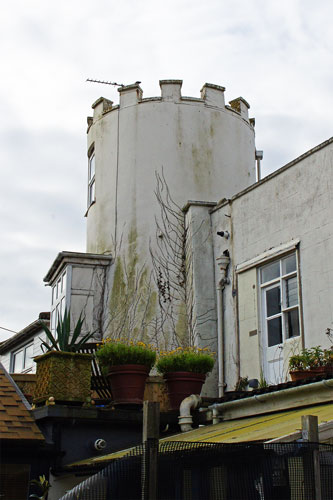
Burnham High Light
Postcards
Burnham High Light postcards
Photo: ©2014 Ian Boyle, 10th March 2014

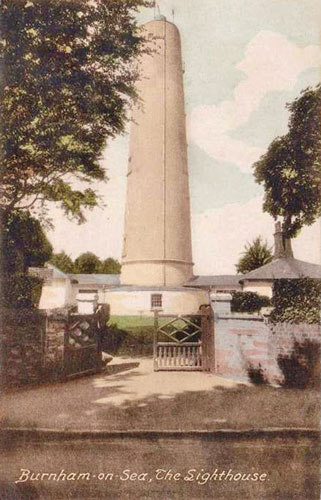
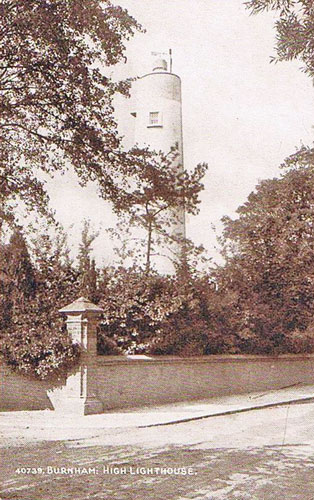
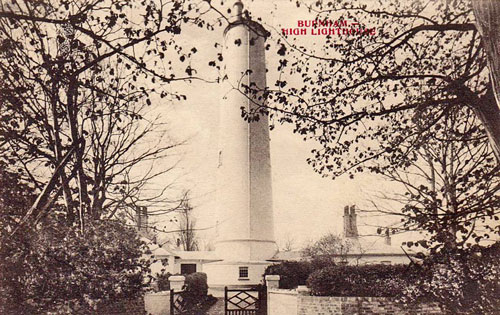
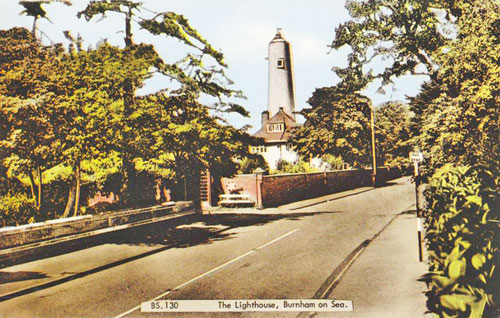
Burnham High
Light Images
Burnham High Light
Photo: ©2014 Ian Boyle, 10th March 2014
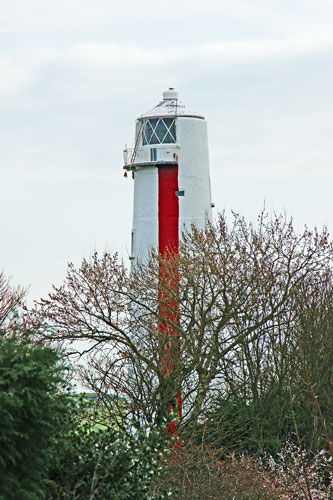
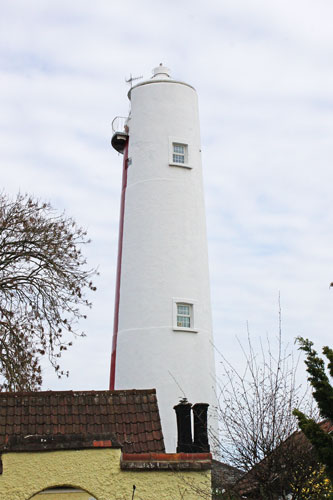
Burnham Low Light
Postcards
Burnham Low Light postcards
Photo: ©2014 Ian Boyle, 10th March 2014
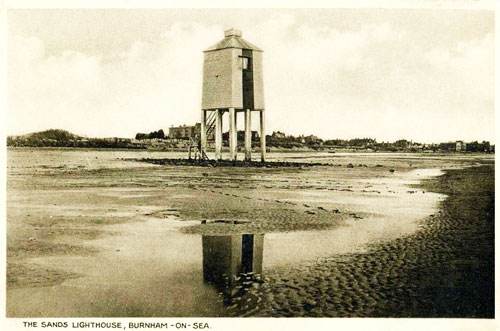
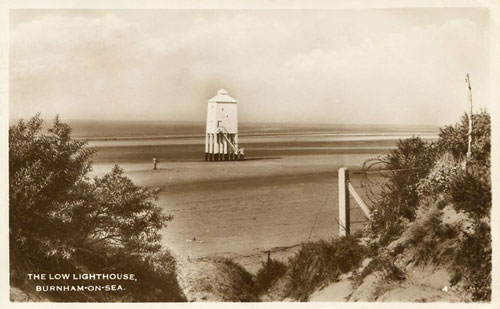
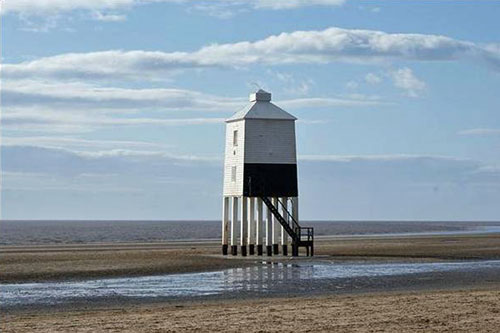
Burnham Low Light images
Photo: ©2014 Ian Boyle, 10th March 2014
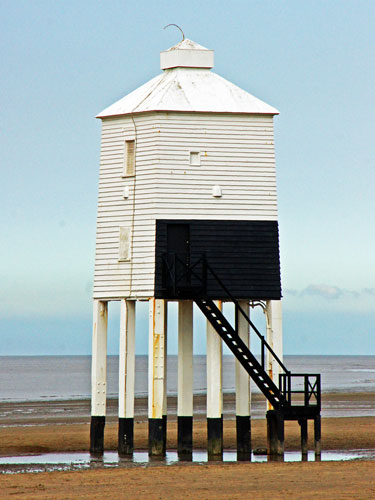
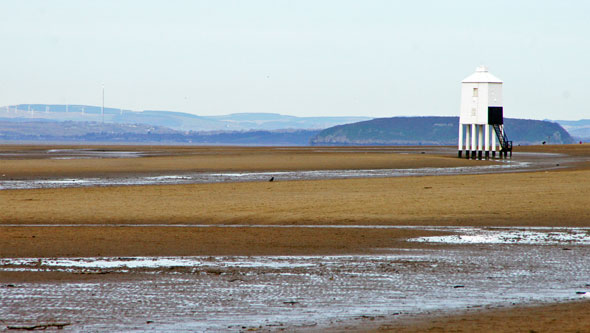
Burnham St Andrew's
Church
Postcards
Burnham St Andrew's postcards
Photo: ©2014 Ian Boyle, 10th March 2014
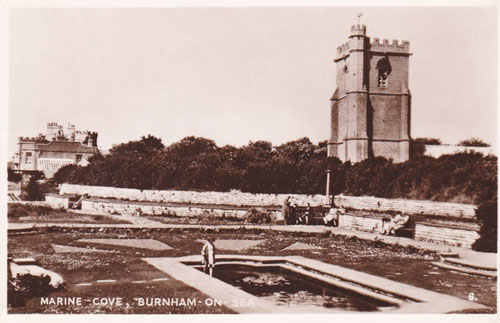
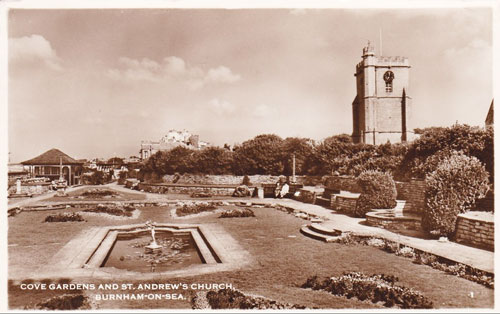
Burnham St
Andrew's Church Images
Burnham St Andrew's images
Photo: ©2014 Ian Boyle, 10th March 2014
